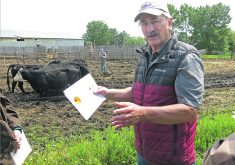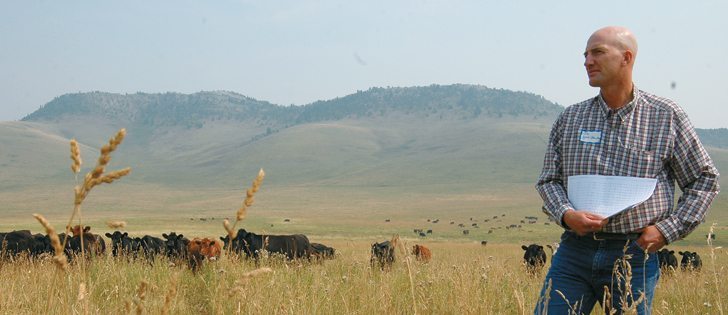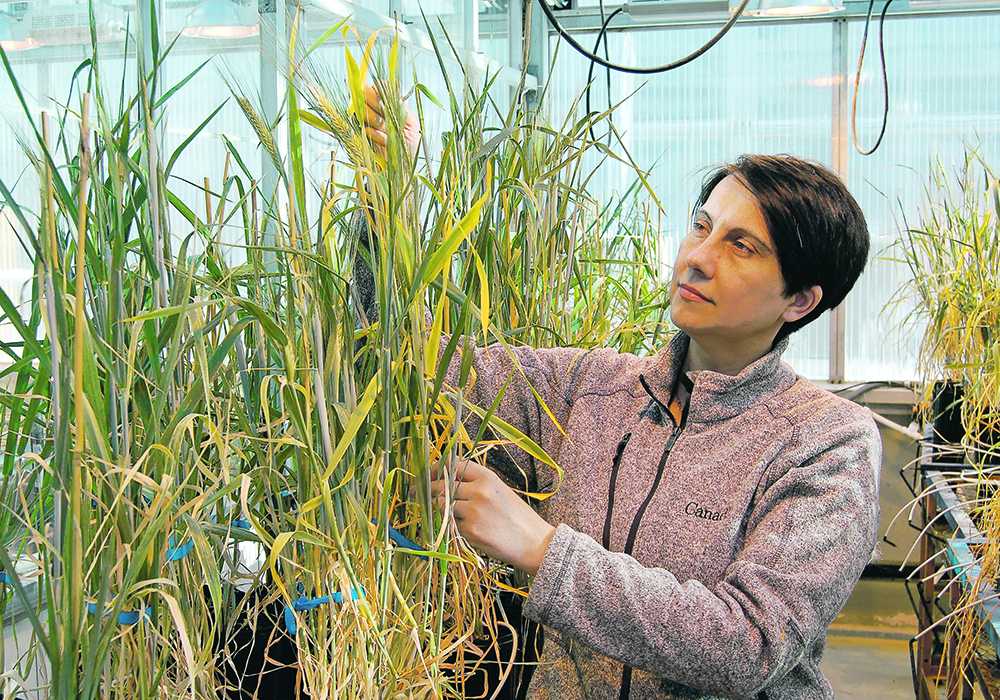Bison Integrated Genomics Project will focus on a vaccine to control bovine tuberculosis and brucellosis in wild herds
Researchers plan to use the latest genomic tools to target disease and create healthier bison herds in Canada.
Genome Canada recently announced a $5.1 million genomics project to protect threatened Canadian bison populations in and around Wood Buffalo National Park, as well as other captive and farmed bison herds.
The Bison Integrated Genomics Project, or “BIG” Project, also includes $1.7 million from Innovation, Science and Economic Development Canada through Genome Canada and $2.1 million through Parks Canada.
The BIG Project will be co-led by Genome Prairie and Genome Alberta and has additional support from Agriculture Canada and the Canadian Bison Association.
Read Also

Trump’s tariffs take their toll on U.S. producers
U.S. farmers say Trump’s tariffs have been devastating for growers in that country.
The funding announcement was made during the international bison convention held in Saskatoon July 12-15.
“These (genomic) tools will allow Parks Canada and other bison management agencies in Canada to finally manage the wicked ecological problem created by the presence of these two exotic bovine diseases in our northern bison herds, bovine tuberculosis and bovine brucellosis, which were introduced through translocation of bison in the 1920s,” said Dr. Todd Shury, Parks Canada wildlife veterinarian and adjunct professor at the Western College of Veterinary Medicine at the University of Saskatchewan.
The first problem is identifying where diseases, specifically bovine tuberculosis and brucellosis, are spreading among the wild bison population. They can devastate existing bison herds and spread to uninfected herds.
“These diseases are difficult to spot before they become highly infectious,” said Mike Cey, Genome Prairie’s chief executive officer.
“The Big Project will focus on developing an effective vaccine to reduce and hopefully eradicate BTB and brucellosis, both of which have in recent years taken a steep toll on the wild bison populations,” he said.
The two diseases are also an ongoing threat to the Canadian cattle herd and the domestic bison herd, added Shury.
Lack of genetic diversity in wild Wood bison is another threat.
“Because there are so few Wood bison in the wilderness, those herds which do exist tend to be small and geographically separated. This means there’s a high level of inbreeding, which can affect the overall fitness of the herds,” said Cey.
The Toronto Zoo is transferring healthy germplasm to wild Wood bison herds in efforts to provide greater genetic diversity in future generations. That is expected to make them healthier and more disease resistant.
The BIG Project will also further develop genomic tests to allow better differentiation between Plains and Wood bison, said Dr. Gregg Adams, professor in the Department of Veterinary Biomedical Sciences at the WCVM.
Added Shury: “This will help develop a bison genome biobank here at the University of Saskatchewan that will conserve germplasm for multiple bison herds in both Canada and the United States to allow these long-separated herds to be reconnected and prove their genetic diversity over time.”
Using the containment level three facilities at VIDO-InterVac at the U of S, researchers have also gained a better understanding of existing vaccines for bovine tuberculosis and developed experimental methods and models of infection with bison.
“This work has really laid the foundation for the next step in the BIG Project, which is developing a specific oral vaccine for bison that we can use to manage these diseases into the future,” said Shury.
Added Cey: “We all know the challenges facing the future (of) bison on this continent. There was a time when tens of millions of bison roamed the vast regions of North America. And now with only a few thousand left roaming in the wild, we must work together to find solutions to ensure the well-being of future bison populations.”
















